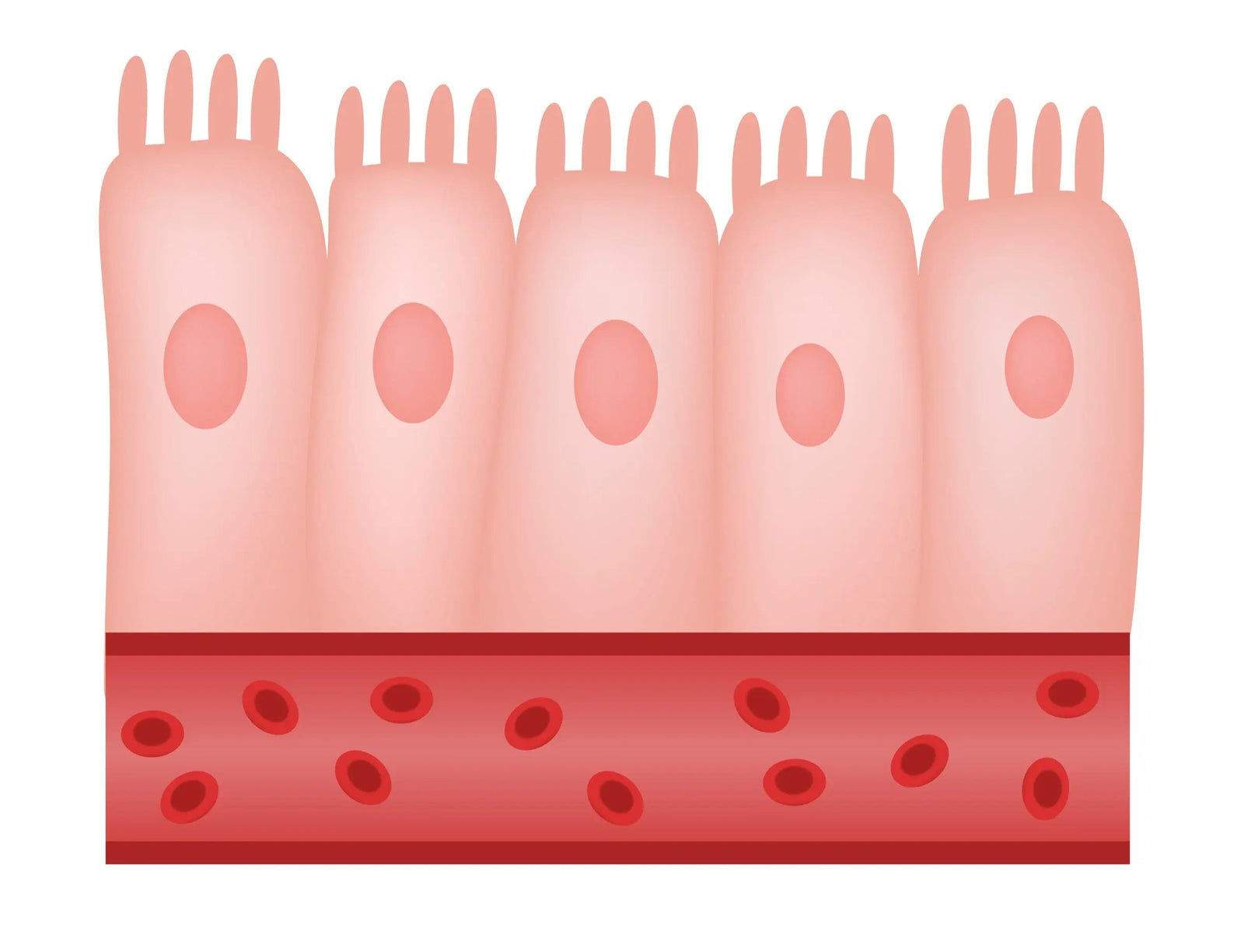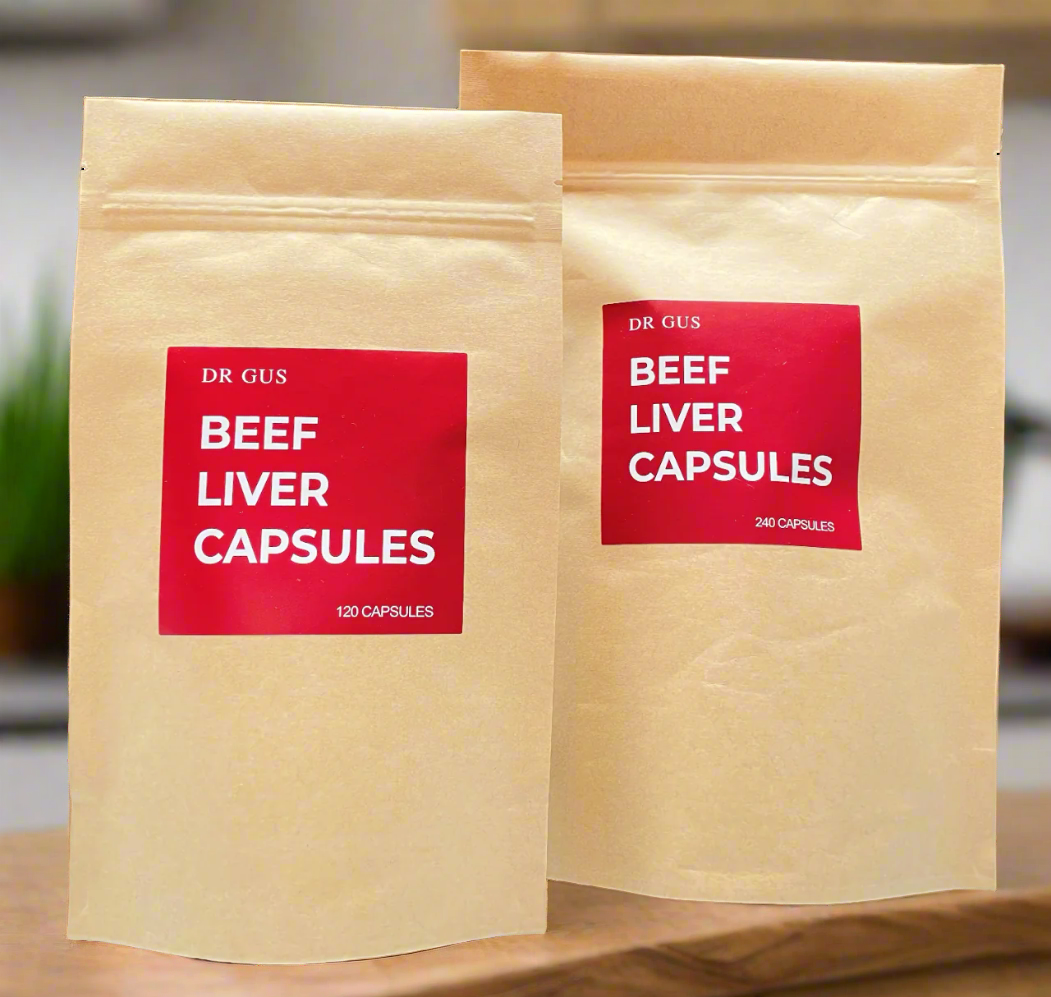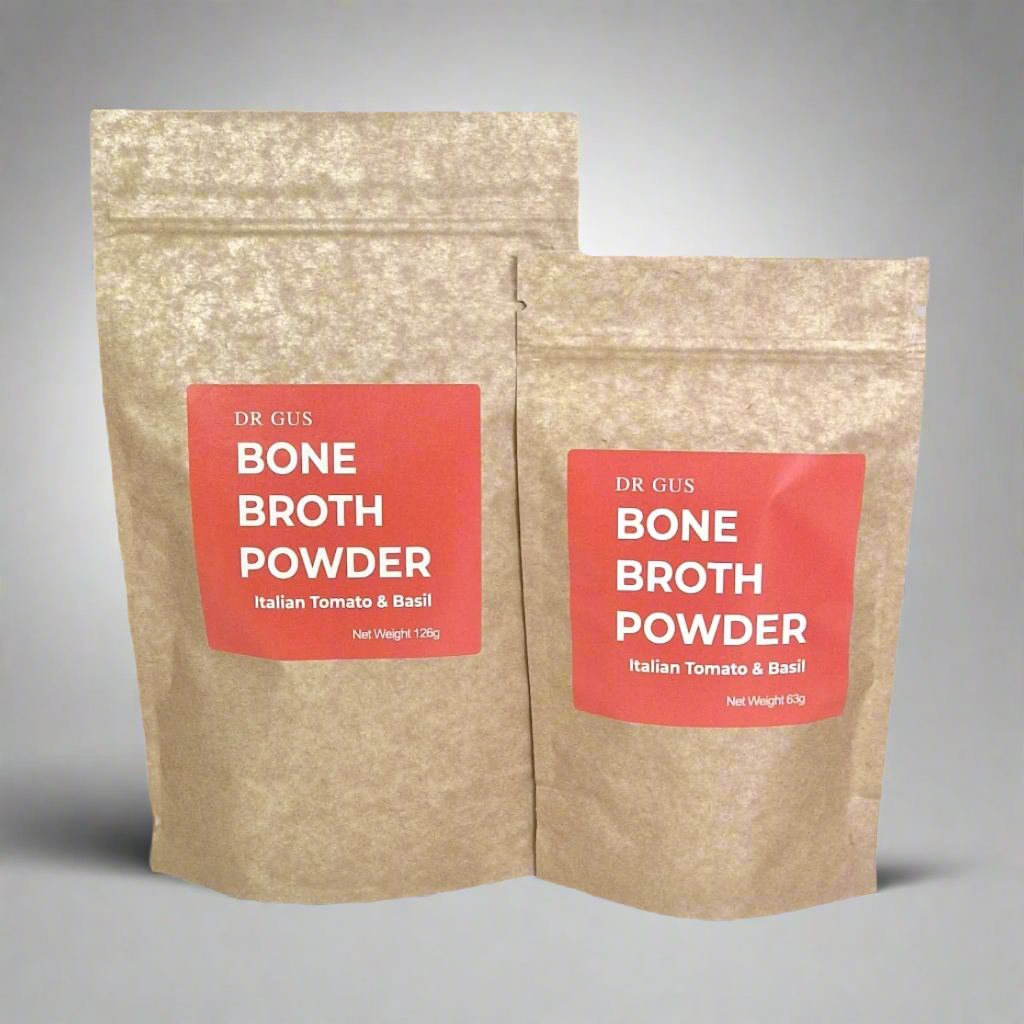
Collagen is More Than the Sum of It's Parts!
February 20, 2022 3 min read
There’s an online narrative that collagen peptides (peptide is a connected chain of amino acids), present in bone broth, are broken down to constituent amino acids (Amino acids are the basic building blocks of all proteins and can vary in the foods that we eat.) before being absorbed through the gut membranes.
This isn’t actually true and we are realising more and more than the sum of effects of functional foods, like bone broth, have special properties for our health more than just their constituent nutrients
To investigate this further we have trawled the research literature to find relevant studies. Sorry if this gets a bit technical for some, but keep going – it will be good for us.
Firstly, it has been shown in several animals that they have gut barriers with collagen peptide transporters. Collagen peptides are broken down proteins more than 1 amino acid in length.
- Sheep have been shown to have a dipeptide (di-2, peptide – 2 amino acids) transporter (Gly-Pro). Gly – the amino acid glycine; Pro - the amino acid proline. Ref1
- Another study using pig brush border membrane demonstrated absorption of di-peptides through the membrane, and a clear rise in the peptides in the blood. Ref2
- Further, it was shown that di- and tri-peptides actually reach the skin where they exert their effects. Ref3
- These effects include improving skin hydration by reducing moisture loss. Ref4
As well as the effects on skin and beauty, there is evidence that the collagen peptides found in functional foods can have anti-hypertensive effects (lowering blood pressure).
- It was found that peptides with the sequence Gly-Ala-Hyp_Gly-Leu-Hyp-Gly-Pro from chicken collagen has the highest blood pressure lowering effects. Ref5
- These results have been repeated with broth made from ham bones. Ref6
When a substance, such as a collagen peptide, is used in this format by the body it would make absolutely no sense for it to be broken down upon consumption only to be rebuilt once inside the body. That would be a waste of energy, and for survival would be ineffective. Our bodies don’t work like this. The primary principle for survival is conservation of energy when times are hard. This is probably the same reason why humans haven’t hung on to the biological machinery to produce Vitamin C, and we slow down the production of collagen when we are 25 onwards. It’s much more efficient to get something from the diet than to manufacture it ourselves.
So when you hear someone talk about collagen being broken down in the gut before the amino acids can be absorbed you can stop reading right there.
Explore Our Range of Bone Broths for Your Daily Collagen FIx
References included below for those interested. There are loads more papers on the actual functions of collagen in the body but this is just a few examples to get you started.
Refs
- Backwell et al., 1995, Evidence for glycine-proline transport system in ovine enterocyte brush-border membrane vesicles. Biochemical and Biophysical Research Communications; Vol 215. No 2.: 561-565
- Aito-Inoue et al., 2007, Transport of a tripeptide, Gly-Pro-Hyp, across the porcine intestinal brush-border membrane. Journal of Peptide Science; 13: 468-474
- Yazaki et al., 2017, Oral ingestion of Collagen Hydrolysate Leads to the Transportation of Highly Concentrated Gly-Pro-Hyp and It’s Hydrolized Form of Pro-Hyp into the Bloodstream and Skin. Journal of Agricultural and Food Chemistry; 65: 2315-2322
- Young et al., 2021, Effects of Collagen Tripeptide and Adjusting for Climate Change on Skin Hydration in Middle-Aged Women: A Randomized, Double-Blind, Placebo-Controlled Trial. Frontiers in Medicine; 7: 608903
- Saiga et al., 2008, Angiotensin I-Converting Enzyme-Inhibitory Peptides Obtained from Chicken Collagen Hydrolysate. Journal of Agricultural and Food Chemistry; 56(20):9586-9591
- Gallego et al., 2019, Peptides with Potential Cardioprotective Effects Derived from Dry-Cured Ham Byproducts. Journal of Agricultural and Food Chemistry; 67(4): 1115-1126
Leave a comment
Comments will be approved before showing up.




